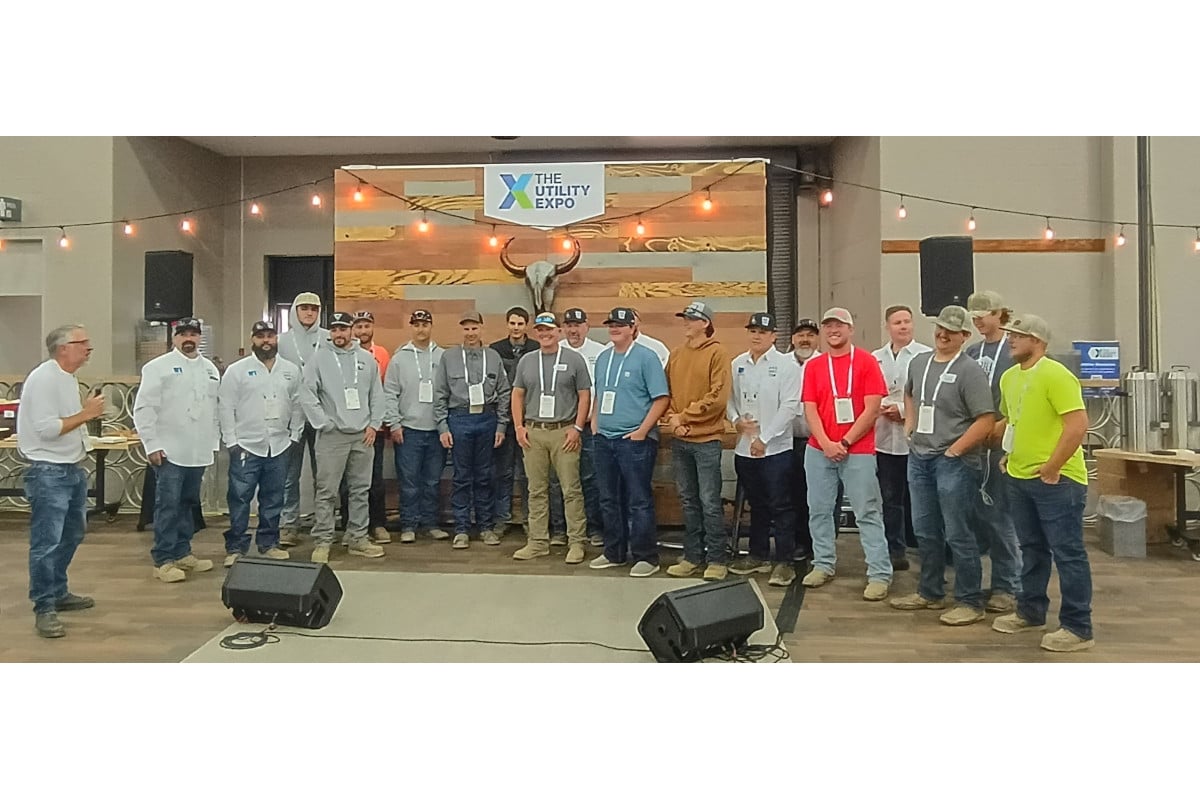NPSHA vs. NPSHR
Imagine a thick chocolate malt with a straw sticking out of the top of the cup. In order for the malt to flow through the straw, several factors have to be considered since atmospheric pressure (14.7 psi) is the only plus that we have in the equation-open system. If a low-pressure area is created on the end of the straw exiting the cup, the liquid will start to flow up the straw. In order for this to happen, the following items must be evaluated:
- Length of the straw.
- How many bends in the straw.
- Friction loss within the straw.
- ID of the straw.
- Velocity of the liquid.
- Viscosity of the liquid.
- Acceleration head — acceleration and deceleration of the liquid.
- Entrained gasses within the liquid.
The above items make up the entire system. It can be stated that net positive suction head available is a function of the system.
It is estimated that most pump problems originate on the suction side of the pump. Therefore, Net Positive Suction Head Required (NPSHR) is critical to the cost of the operation.
Each reciprocating pump has a Net Positive Suction Head Available (NPSHA) and a NPSHR in a given system. As long as the pump is operating at the same RPM and the viscosity stays the same, the NPSHR remains the same. Any change in pump speed or viscosity of the liquid will change the NPSHR. A closed system (charged suction) will not necessarily provide adequate NPSHR due to the factors listed above. Due to constantly changing pump RPM and viscosity changes in a drilling operation, NPSHR can be all over the chart. The one thing that remains the same is the suction line. Keep it big, short and straight. Calculate the velocity of the liquid. Never exceed 3 ft per second and never fall below 1 ft per second.
Bubble Action
The consequences of insufficient NPSHR results in the static pressure dropping below the vapor pressure of the liquid. Bubbles or cavities will form within the liquid. The bubbles attach themselves to the inside of the pumping chamber early during the suction stroke.
As atmospheric pressure increases during the discharge stroke, the bubbles collapse. As the bubbles are collapsing, liquid rushes in at a high-velocity to fill the void. The imploding bubbles will exert up to 180,000 psi impact. Over time, this process will cause pitting within the pumping chamber.
If starvation becomes severe enough, shock load damage occurs in other parts of the pump (i.e. crankshaft, crank bearings, valves, etc.). When a pump is in this stage of cavitation, you can see as well as hear the problem within.
One prime reason that causes bubbles to form in the drilling fluid is a pressure drop as the liquid enters and leaves the throat of the suction valve. If a pump is running too fast (liquid is no longer in contact with the face of the piston) or the pumpage becomes too viscous (too thick to flow smoothly through the throat of the seat). This action does not allow the valve spring to function properly.
When the piston reverses and starts to re-enter the pumping chamber, momentarily the liquid will flow backward through the suction seat and the suction valve will be slammed into its seat. The reverse of this happens to the discharge valve.The valve is slammed into its cage. This action sends shock waves through the entire system. This reaction is detrimental to both the pump and associated equipment.
Every pump should have a pressure gauge installed on the inlet and a positive pressure should always be present. The only way to know what that gauge should indicate is to calculate the NPSHR for that particular system.
Due to the varying configurations of suction systems, there is no way to give a formula to address all systems. The operator should work with their pump spoiler and calculate the NPSHR needed for his application.




